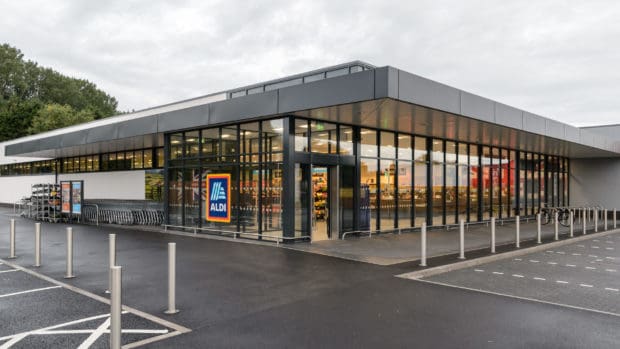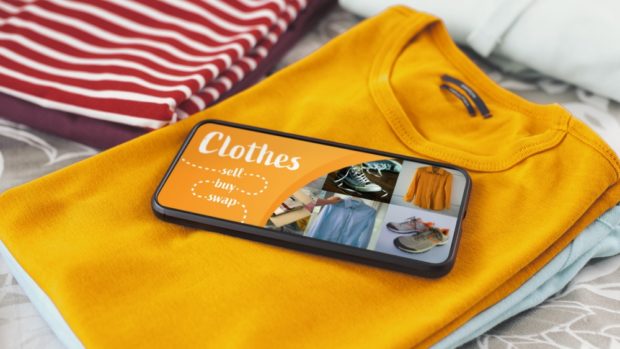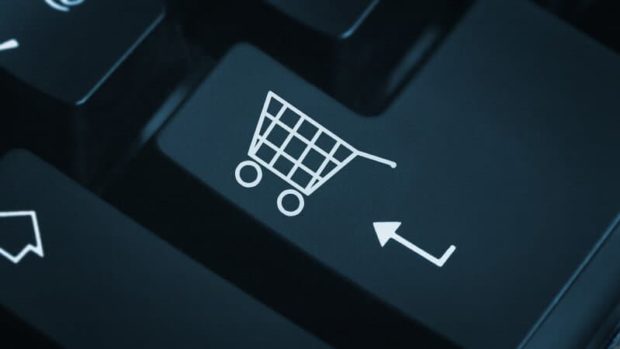xAd, a specialist in location-based intelligence that drives sales, today revealed the extent of consumers use of smartphones to research and make purchasing decisions. The study examines how consumers relationships with mobile and physical location affects purchase behaviour and decision. The findings are detailed in xAds 2016 U.K. Mobile Path to Purchase research that analysed survey responses from 1,500 smartphone users in the UK who have used their device for a purchase decision over the past 30 days in the Retail, Quick Service Restaurant (QSR) or Auto categories.
Making a purchase is no longer a linear decision process. The reliance on mobile for purchase decisions, combined with the always-on nature of smartphones, has fundamentally changed how consumers consider purchases creating multiple touchpoints to reach and influence them in the process. Impatience and faster decision making processes mean that reaching people in the right moment has never been more important.
Produced annually since 2013, the study provides insight on how the always-on and on-the-go nature of mobile impacts consumers intent, immediacy and context providing marketers with the information they need to engage their audiences at the optimal time and place.
Theo Theodorou, Head of EMEA, xAd comments: This years Mobile Path to Purchase study proves just how crucial a role mobile plays within a consumers decision making process. For marketers, understanding how people are using their devices to consider purchases is critical especially under the lens of location and real-world visitation being the highest indicator of purchase intent to provide the best, most relevant brand experience at the optimum time. Why is this so important? The study shows that 56 per cent of people who research products opt to make a purchase decision online or offline within the hour, and overall over 70 per cent want to be within 5 miles of a physical store, so using location and location intelligence to reach people in those moments that matter is key.
The report highlighted three key areas:
Using location to drive people into store isnt just a purchase completion tactic, its key for research too
Purchase completion isnt the only reason why advertisers should be driving people into store research is just as important. Over half (57 per cent) of respondents still visit a location as part of their research before making that all important purchase decision.
Specifically for Auto, many assume that once people have visited a brand specific dealership, the consumer has already decided which car to purchase. This just isnt true! 64 per cent admit to visiting dealerships as part of the research only process, proving that people are still able to be influenced even when they commit to visit a specific brand dealership
For retail, 62 per cent completed a purchase after researching it, mostly online via mobile 39 per cent or instore 28 per cent
Overall, of all the categories researched using mobile, almost the same proportion of consumers are completing their purchases on mobile (35 per cent) and in-store (36 per cent). But a millennial split is apparent, with 45-54 year olds much more likely to complete their purchases in-store 40 per cent, compared with 28 per cent of 18-24 year olds.
The importance of mobile as both a research and purchase tool is increasing
Almost a third (29 per cent) admitted not using any other tool apart from mobile to make a purchasing decision
Smartphones are increasingly being recognised as the most important research tool, doubling from 19 per cent in 2013 to 39 per cent in 2016
However, different sectors show differing opinion. QSR relies heavily on mobile 51 per cent say its the most important research tool and 40 per cent dont use any other media. Whereas for Retail and Auto, laptops/desktops are used the most (53 per cent Retail, 40 per cent Auto), with mobile a close second (32 per cent Retail, 35 per cent Auto)
When using a smartphone, the most common things people look to do are find pricing information and to find a location near me
Looking for directions is the top use for mobile when people are on the move in all categories (Retail 21 per cent, QSR 30 per cent, Auto 33 per cent)
Even though more people still prefer to buy in-store after researching a product on mobile (36 per cent), 35 per cent will go on to buy on mobile (of which 66 per cent of respondents had done)
People are making their mind up to buy quickly and becoming more impatient once they have done so
56 per cent of consumers are making purchasing decisions immediately or within the hour after researching on their mobile
Proximity is key for purchase completion. 43 per cent of those using mobile for retail purposes expect locations of businesses found on smartphones to be within a local driving distance (1-5 miles), and 20 per cent expect it to be within walking distance (less than 1 mile).
For retail, 37 per cent of respondents used their smartphones specifically to purchase at home, whilst only 5 per cent did on the move as most opted to visit the store instead
Jonathan Mew, Chief Operating Officer from the IAB UK said: Mobile allows advertisers to merge the online and offline worlds and enhance the customer experience throughout the consumer journey. Consumers researching products and services while on-the-go demonstrate a great deal of intent to purchase and to purchase quickly and smartphones allow marketers to reach these people in these moments.
Mobile Path to Purchase
This is the fourth year of this study conducted by xAd in the UK to examine how mobile users engage with their devices on the path to purchase. This year xAd partnered with Millward Brown to leverage their industry and brand expertise. Over 1,500 Smartphone users in the UK were surveyed and all respondents reported that they had used their device for a purchase decision in the Retail, Fast Food or Auto category in the past 30 days.








Share